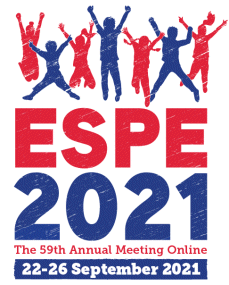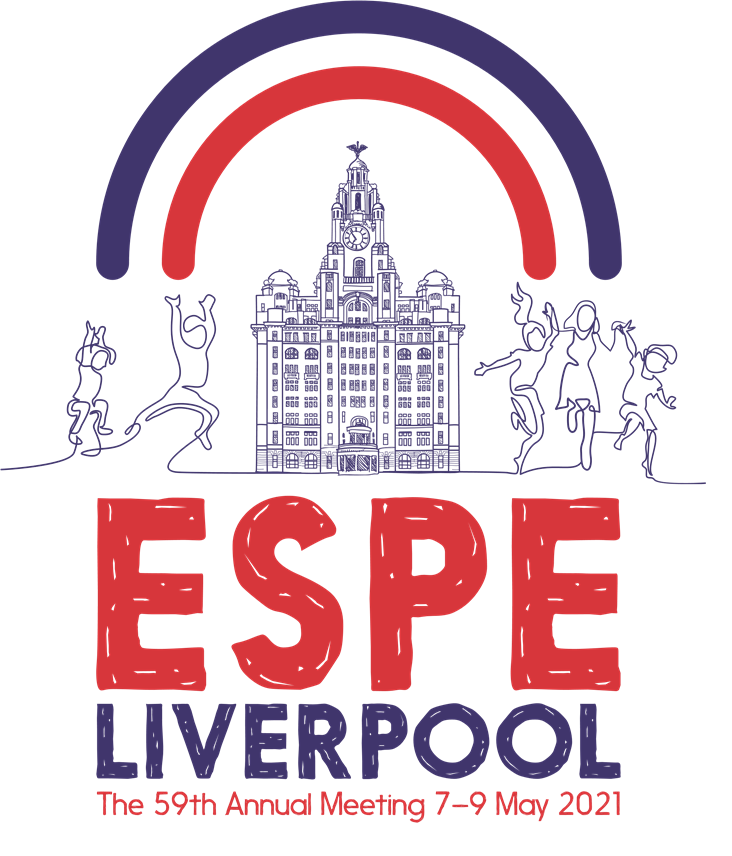
59th Annual ESPE (ESPE 2021 Online)
Online,
22 Sep 2021 - 26 Sep 2021

Free Communications
Neuroendocrinology
hrp0094fc8.1 | Neuroendocrinology | ESPE2021
Combined omic analysis revealed autism-linked NLGN3 as new candidate gene associated to GnRH neuron development and disease.
Oleari Roberto , Lettieri Antonella , Paganoni Alyssa , Howard Sasha R , Cariboni Anna ,
hrp0094fc8.2 | Neuroendocrinology | ESPE2021
Recessive PRDM13 mutations result in hypogonadotropic hypogonadism and cerebellar hypoplasia
Gregory Louise C. , Whittaker Danielle E , Oleari Roberto , Quesne-Stabej Polona Le , Williams Hywel J. , UCL GOSgene , Torpiano John G , Formosa Nancy , Cachia Mario J. , Field Daniel , Lettieri Antonella , Ocaka Louise , De Martini Lisa Benedetta , Rajabali Sakina , Riegman Kimberley L. , Paganoni Alyssa J.J. , Chaya Taro , Robinson Iain C.A.F. , Furukawa Takahisa , Cariboni Anna , Basson M. Albert , Dattani Mehul T. ,
hrp0094fc8.3 | Neuroendocrinology | ESPE2021
A novel clinical risk score that can accurately predict recurrence of craniopharyngioma - a multicentre cohort study
Kyprianou Nikolina , Blackburn James , Tan Rachael , Bulfamante Gaetano , Massa Valentina , Roncaroli Federico , Ribalta Teresa , Evanson Jane , Korbonits Marta , Dattani Mehul , Rai Ashutosh , Gupta Prakamya , Dutta Pinaki , Bhansali Anil , Salunke Pravin , Pani Danda , Skoric Tanja , Kastelan Darko , Gnanalingham Kanna , Mitchell Rod , Bulfamante Antonio , Argente Jesus , Goycoolea Nicolas , Torales Jorge , Biagetti Betina , Audi Laura , Resmini Eugenia , Webb Susan , Kapoor Ritika , Chandler Christopher , Zebian Bassel , Thomas Nick , Sampron Nicolas , Paraskevopoulos Dimitrios , Preda Cristina , Ahmad Amar , Pease Gevers Evelien F , Gaston-Massuet Carles ,
hrp0094fc8.4 | Neuroendocrinology | ESPE2021
Cerebral infarction in childhood-onset craniopharyngioma patients: results of KRANIOPHARYNGEOM 2007
Boekhoff Svenja , Bison Brigitte , Genzel Daniela , Eveslage Maria , Otte Anna , Friedrich Carsten , Flitsch Jorg , Muller Hermann L. ,
hrp0094fc8.5 | Neuroendocrinology | ESPE2021
Bardet-Biedl Syndrome: A retrospective study of progression through puberty
Whitehead Jennifer , Schoeneberg Dillon , Sparks Kathryn , Forsythe Elizabeth , Beales Philip , Peters Catherine , Dastamani Antonia , Katugampola Harshini ,
hrp0094fc8.6 | Neuroendocrinology | ESPE2021
Efficacy and Safety of Corifollitropin Alfa in Combination with Human Chorionic Gonadotropin for Initiation or Restoration of Puberty in Adolescent Males Aged 14 to < 18 Years with Hypogonadotropic Hypogonadism
Shankar R. Ravi , Shah Suneri , Joeng Hee-Koung , Mendizabal Geraldine , Guan Yanfen , Stegmann Barbara J. , Nieschlag Eberhard , Behre Hermann M. , Swerdloff Ronald S. , Fox Michelle C. , Kaufman Keith D. ,



